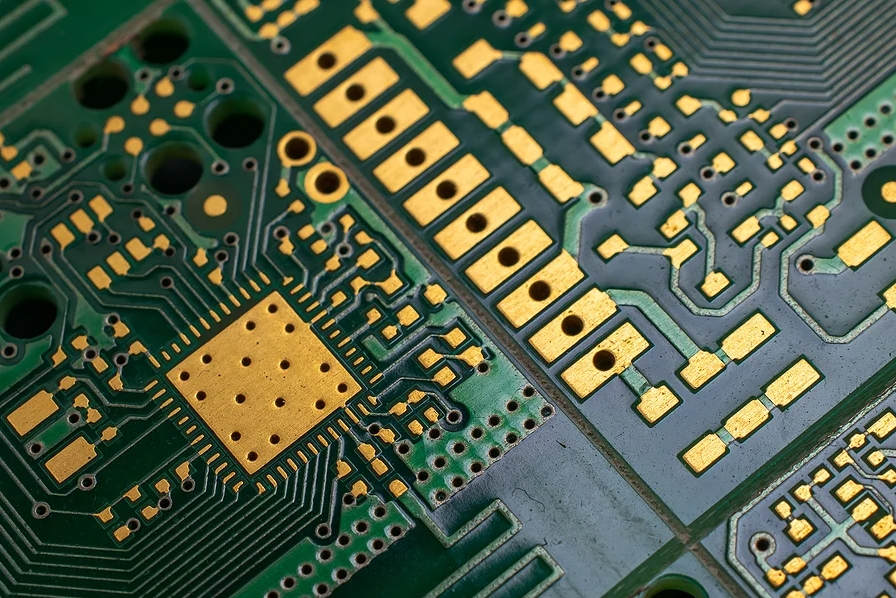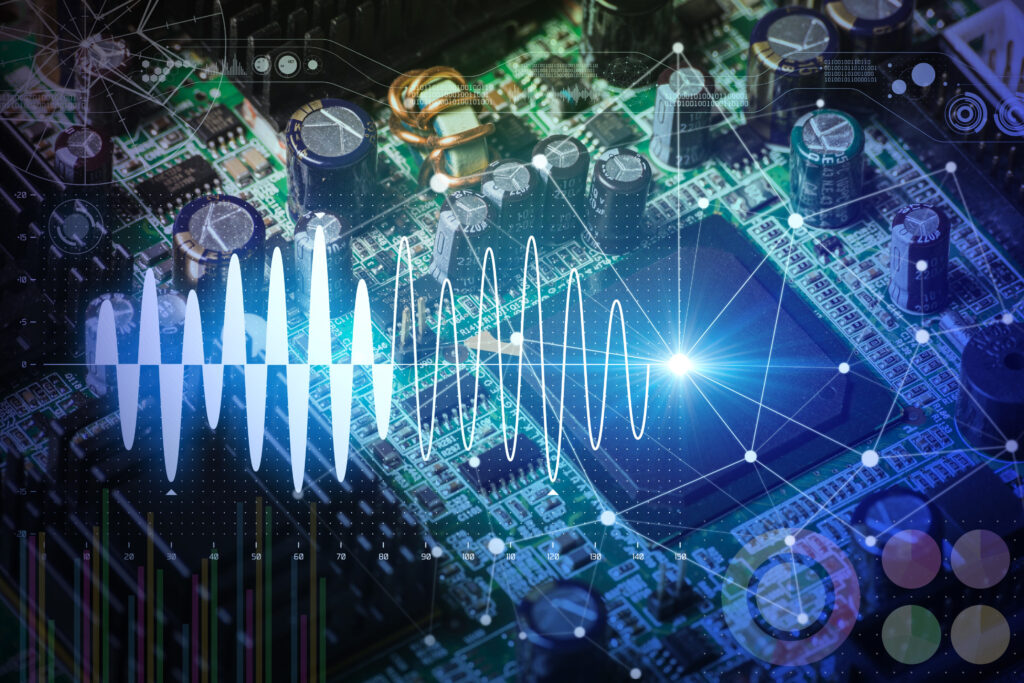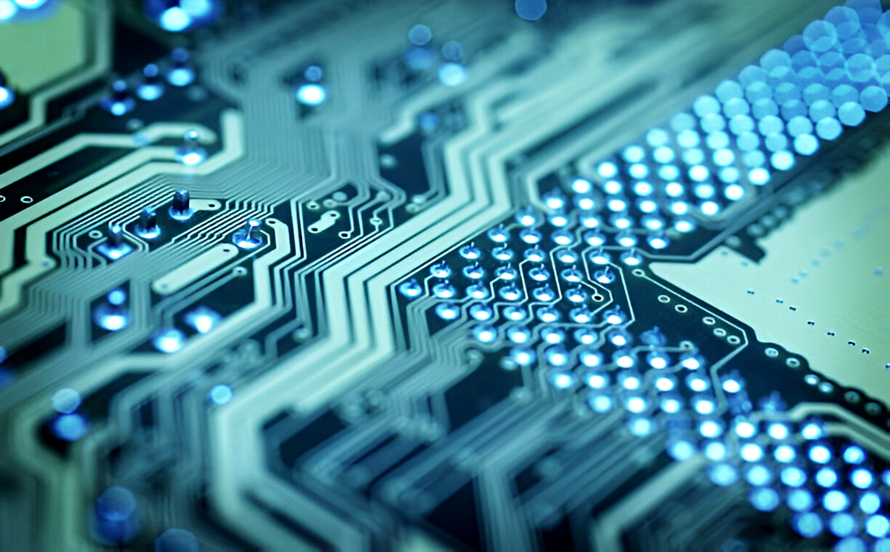How do 400G high speed PCB support real-time data processing?
In an era where data is generated at an unprecedented rate, the ability to process this information in real time is no longer just a luxury but a necessity. With the development of industries such as telecommunications, finance, and cloud computing, the demand for high-speed data transmission continues to rise. 400G high speed PCB is a key technology designed to meet these challenges. Next, we will explore how 400G high speed PCB supports real-time data processing, emphasizing their importance to users and consumers in today’s fast-paced digital environment.
Understanding 400G high speed PCB Technology
“400G high speed PCB” refers to printed circuit boards that handle 400 gigabits per second data transfer speeds. These PCBs utilize advanced materials and designs that facilitate high-frequency signal transmission. Unlike traditional PCBs, the 400G variants feature multilayer constructions that allow for better routing of electrical signals, minimizing latency and maximizing throughput.
Additionally, these boards often support multiple data lanes, enabling parallel data processing. This capability is crucial for applications requiring rapid data access, such as video streaming, online gaming, and real-time analytics. By employing a 400G high speed PCB, businesses can significantly enhance their operational efficiency and responsiveness.

Signal Integrity Ensuring Reliable Data Transmission
One of the standout features of the 400G high-speed PCB is its commitment to signal integrity. This aspect is critical in maintaining data quality as it travels through various circuit components. The PCB design incorporates features like controlled impedance and differential signaling, which work together to reduce signal degradation.
Moreover, high-quality materials are used in manufacturing to minimize electromagnetic interference (EMI). This attention to detail ensures that data transmitted across a 400G high speed PCB remains accurate and reliable, especially for applications such as financial transactions and healthcare systems where data accuracy is paramount.
Thermal Management Keeping Performance Optimal
As data speeds increase, so does heat generation within the PCB. Effective thermal management is crucial for maintaining optimal performance and longevity. A 400G high speed PCB design often includes various cooling solutions, such as thermal vias and heat sinks, to dissipate heat efficiently.
These features prevent performance degradation, particularly in high-density environments like data centers. By ensuring temperatures remain within acceptable limits, 400G high speed PCBs can sustain their performance, supporting uninterrupted real-time data processing. This capability is essential for businesses that rely on continuous data flow, such as cloud service providers and large-scale enterprises.

Compatibility with Advanced Technologies
The rapid evolution of technology means that businesses must be adaptable. The 400G high speed PCB is designed with compatibility in mind, allowing it to integrate seamlessly with various emerging technologies such as artificial intelligence (AI) and 5G networks.
This adaptability ensures that organizations can upgrade their systems without overhauling their infrastructure. By leveraging 400G high speed PCBs, users can take advantage of the latest technological advancements, enhancing their real-time data processing capabilities and staying competitive in their respective markets.
Applications of 400G high speed PCB
The versatility of 400G high speed PCBs allows them to be utilized across various applications. These PCBs are crucial in multiple sectors, from telecommunications and networking to medical devices and automotive systems.
In telecommunications, for instance, 400G high speed PCBs enable faster data transfer, improving internet connectivity and communication systems. Real-time data processing is essential for monitoring equipment and diagnostic tools in the medical field. By choosing 400G high speed PCBs, businesses can unlock new possibilities across multiple industries, enhancing their service offerings and operational efficiency.

Future-Proofing Your Investment
Investing in 400G high speed PCBs is not just about meeting current needs; it’s also about future-proofing your business. As technology continues to advance, the requirements for data processing speeds and reliability will only increase.
By opting for 400G high speed PCBs, users can ensure that their systems remain relevant and capable of handling future demands. This foresight mitigates the risk of obsolescence and positions businesses for growth in an increasingly data-driven world.
Advantages of investing in 400G high speed PCB
The 400G high speed PCB is a game-changer for real-time data processing. Its advanced design, commitment to signal integrity, effective thermal management, and compatibility with emerging technologies make it an invaluable asset for users and consumers alike. As the need for rapid and reliable data transmission grows, investing in 400G high speed PCBs will undoubtedly enhance operational efficiency and ensure that businesses are well-equipped to tackle the challenges of tomorrow.

